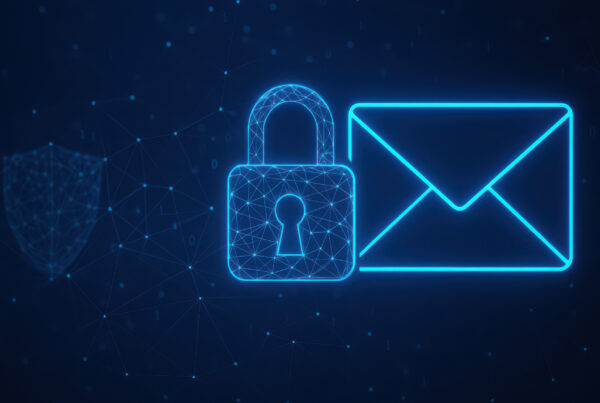Ralph Berndt, Head of Sales and Marketing at inq. South Africa
The security landscape has shifted dramatically, and so has the attack surface. In today’s world, workloads are no longer confined to a single environment. They are running across public cloud platforms, private data centres, edge devices, and user endpoints. That flexibility brings huge benefits, but it also introduces serious risk.
We are seeing more organisations expose their systems and apps to the outside world, whether for customer interaction, integration with partners, or operational convenience. That openness means the number of entry points has grown exponentially, and so have the ways attackers can get in.
In the past, many businesses relied on “air-gapped” environments or closed networks to keep their systems safe. But that is no longer practical. The challenge now is to build bridges between systems that are secure by design. Not sealed off but hardened in ways that make unauthorised or malicious access extremely difficult.
We have seen more companies turn to specialised security providers to manage this complexity. It is no longer enough to have a single firewall or antivirus solution in place. The focus has shifted to layered security, combining perimeter defence, SASE (Secure Access Service Edge), endpoint protection, ZTNA (Zero Trust Network Access) and Web application security into a unified strategy. The idea is to create multiple checkpoints or “gantries” that slow down, detect, or stop an attacker long before they reach core systems.
And then there is AI.
AI has become a powerful tool for defenders, yes, but increasingly for attackers too. We see more AI-driven attempts to breach systems: faster, more persistent, and often orchestrated by human threat actors using automation to scale their efforts. Traditional tools simply cannot keep up.
What is needed now is a mindset shift. Security cannot live in the past. It has to blend proven controls with new technologies that can adapt and evolve. Threats are not going away. If anything, they are becoming more targeted and more relentless. But with the right layered approach, businesses can stay ahead.
The key is to stop thinking of security as a single product or department and start treating it as an integrated, business-critical function that touches every layer of the organisation.

Security in 2025: Bigger attack surface, smarter threats, and the need for layered defences

inq. South Africa
Block D, The Main Straight, 392 Main Road, Bryanston, 2191, South Africa.
Contact Us:
Call Us: 086 11 79739
Email: sales@inq.co.za
International Tel: +27 11 721 1900
International Fax: +27 11 721 1999
All Copyright © 2023 | inq. Digital South Africa (Pty) Ltd | All Rights Reserved | Errors and Omissions Excluded | The information contained in this website is for general information purposes only. inq. provides this website as a service. While we endeavour to keep the information up to date and correct, we make no representations or warranties of any kind, express or implied, about the completeness, accuracy, reliability, suitability or availability with respect to the website or the information, products, or services contained on the website for any purpose. Any reliance you place on such information is therefore strictly at your own risk.



